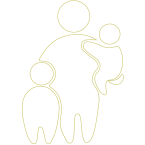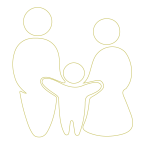 When the power of data is mentioned, three questions often arise.
When the power of data is mentioned, three questions often arise.
· How can we use data to both humanize our work and demonstrate our robust social impact?
· How can we use data to tell a story without bogging down our audience with numbers and statistics?
· How can we inspire using data?
Jake Porway, CEO of DataKind (a nonprofit dedicated to using data service and algorithms in the service of humanity), answers these questions by posing a broader question -- What do great data storytellers do differently and what can we learn from them?
For starters, according to Porway, data storytellers answer the most important question: So what? Although numbers can be enlightening, most people still have negative associations with statistics, recalling unpleasant experiences with numbers in the past. Storytellers can curb this problem by presenting the information in a way that will allow the audience to understand the message behind the numbers and the actions to follow. Data visualizations should be used so that the viewers aren’t overwhelmed by statistics.
Additionally, great data storytellers inspire us to ask more questions. Instead of drawing a conclusion for the audience or using persuasive techniques, storytellers should present visualizations that help others explore a topic further. It is recommended that organizations create tools that allow users to view data in various forms and then make key findings on their own.
Lastly, storytellers use rigorous analysis instead of just putting numbers on a page. As Porway explains, data visualization is often the final step in a long process, along which “we poke, prod, and mold data to create that pretty graph.” While data visualizations provide an opportunity to present numbers in an interactive and engaging manner, it also serves as a chance to use rigorous statistical models that lead the audience to become more effective in their proceeding actions.



